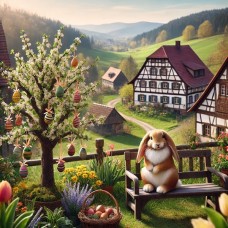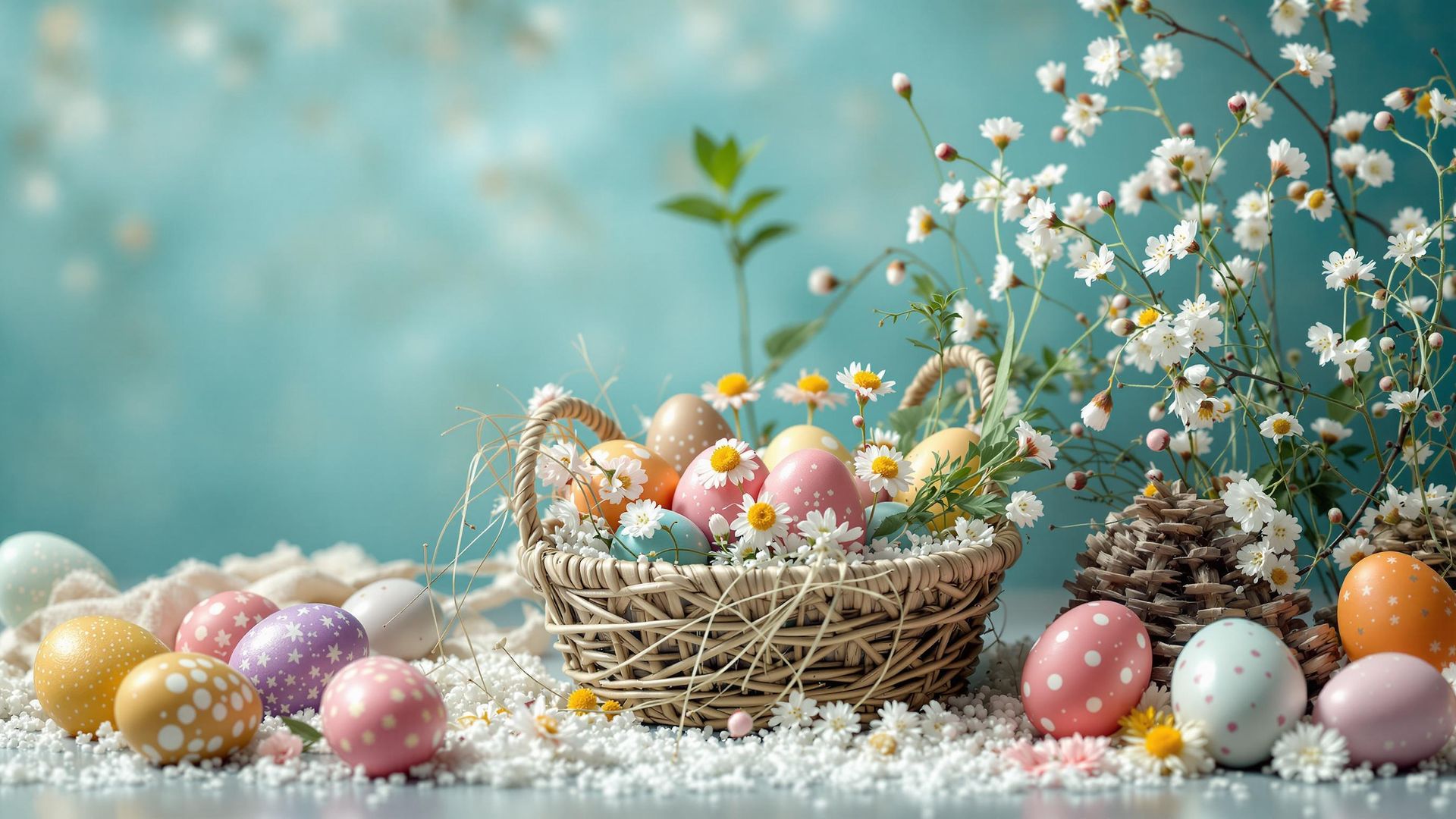Easter in Germany: Exploring German Life Through Holiday Traditions and Timeless Gifts
As spring unfolds across the countryside and blossoms brighten cobblestone streets, Easter in Germany awakens not just nature—but tradition, faith, and celebration. For anyone curious about German life and its vibrant customs, Easter offers a beautiful window into how this culture honors renewal, family, and community.
Faith Meets Festivity: The Spiritual Heart of Easter
In German holiday traditions, Easter (Ostern) holds deep religious roots. Good Friday (Karfreitag) is observed with reflective church services, quiet time, and a national pause from public entertainment. It’s a time to honor the sacrifice of Christ, followed by a jubilant Easter Sunday—marked with joyful hymns, blooming flower arrangements, and feasts often centered around lamb.
The Easter Bunny: Born in Germany
Yes, the world’s beloved Easter Bunny (Osterhase) actually began in Germany! Originally emerging in 17th-century folklore, this mythical hare delivered eggs as a symbol of rebirth. Today, you’ll find homes and shops adorned with whimsical bunny figurines—both chocolate and ceramic—making it one of the most recognizable elements of German Easter charm.
Colorful Eggs and Trees of Wonder
Decorating eggs is a treasured part of German life. Families gather to paint intricate designs on hard-boiled eggs, transforming them into vibrant symbols of spring. These eggs aren’t just for hunts—though Ostereiersuche remains a highlight for children—they’re also hung from trees and bushes to create Ostereierbaum, magical Easter egg trees that brighten both indoor and outdoor spaces.
Flames of Spring: Community Easter Fires
In northern regions, communities come alive with Osterfeuer—giant bonfires that welcome spring and burn away winter’s last chill. Locals gather around the flames, sharing food, drink, laughter, and stories. In some areas like Saxony and Thuringia, people also roll painted eggs down hills in festive contests, a joyful reminder that tradition can be playful too.
Easter Markets: Where Craftsmanship Meets Culture
While many know Germany for its Christmas markets, Easter markets (Ostermärkte) are just as enchanting. Artisans display hand-painted eggs, wooden carvings, and sweet spring treats like Osterbrot (a festive bread studded with raisins). These markets are a celebration of German holiday traditions, where each handmade good reflects generations of heritage.
If you're looking to bring some of this Old World charm home, explore German Mueller Easter gifts and treasures from The Christmas Sleigh. From hand-carved bunnies to heirloom-quality egg decorations, their collection captures the essence of true German craftsmanship.
More Than a Holiday: A Reflection of German Life
Easter in Germany is more than just a few days off—it’s a heartfelt tradition that speaks to the rhythms of the season and the values of togetherness, gratitude, and renewal. Whether it’s attending a village bonfire, decorating an Easter tree, or gifting handcrafted treasures, every moment invites us to pause and connect.
By embracing these age-old traditions and sharing them with the world, Germany keeps its cultural spirit thriving—offering an unforgettable glimpse into the depth and joy of German life.






